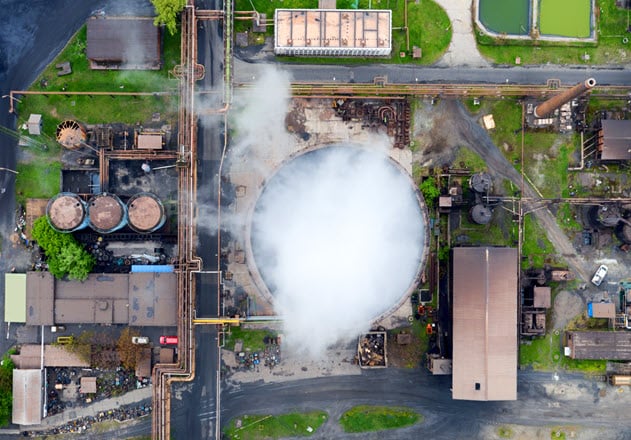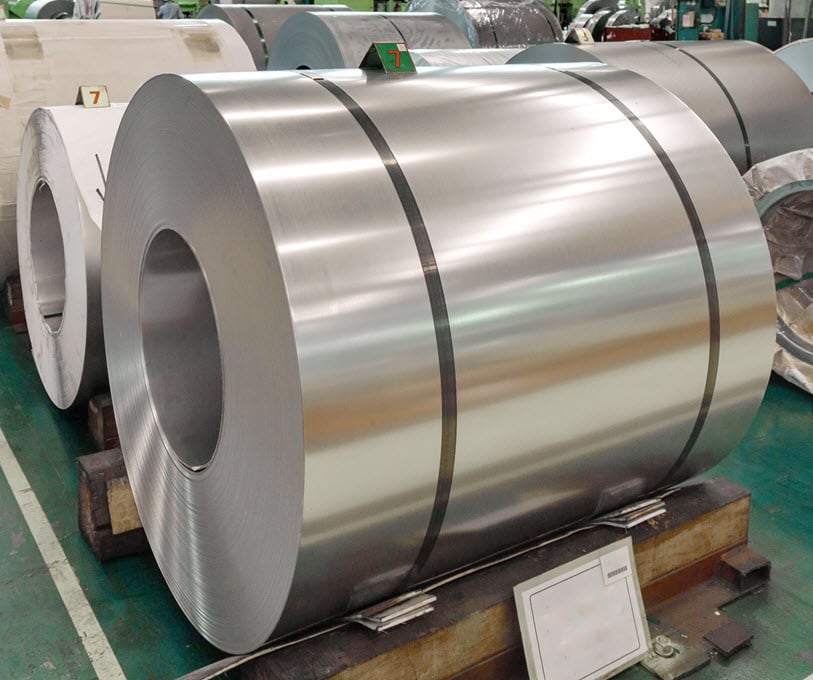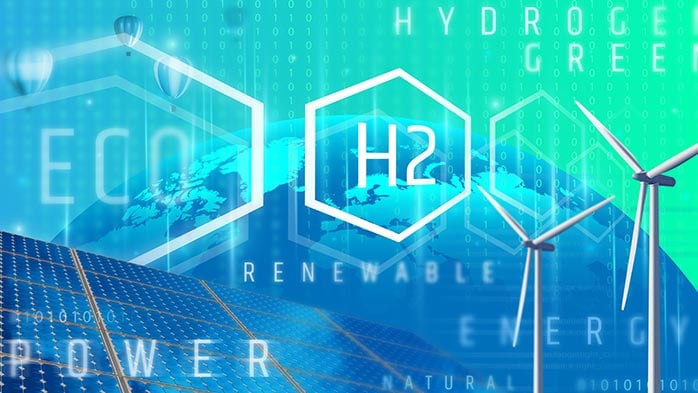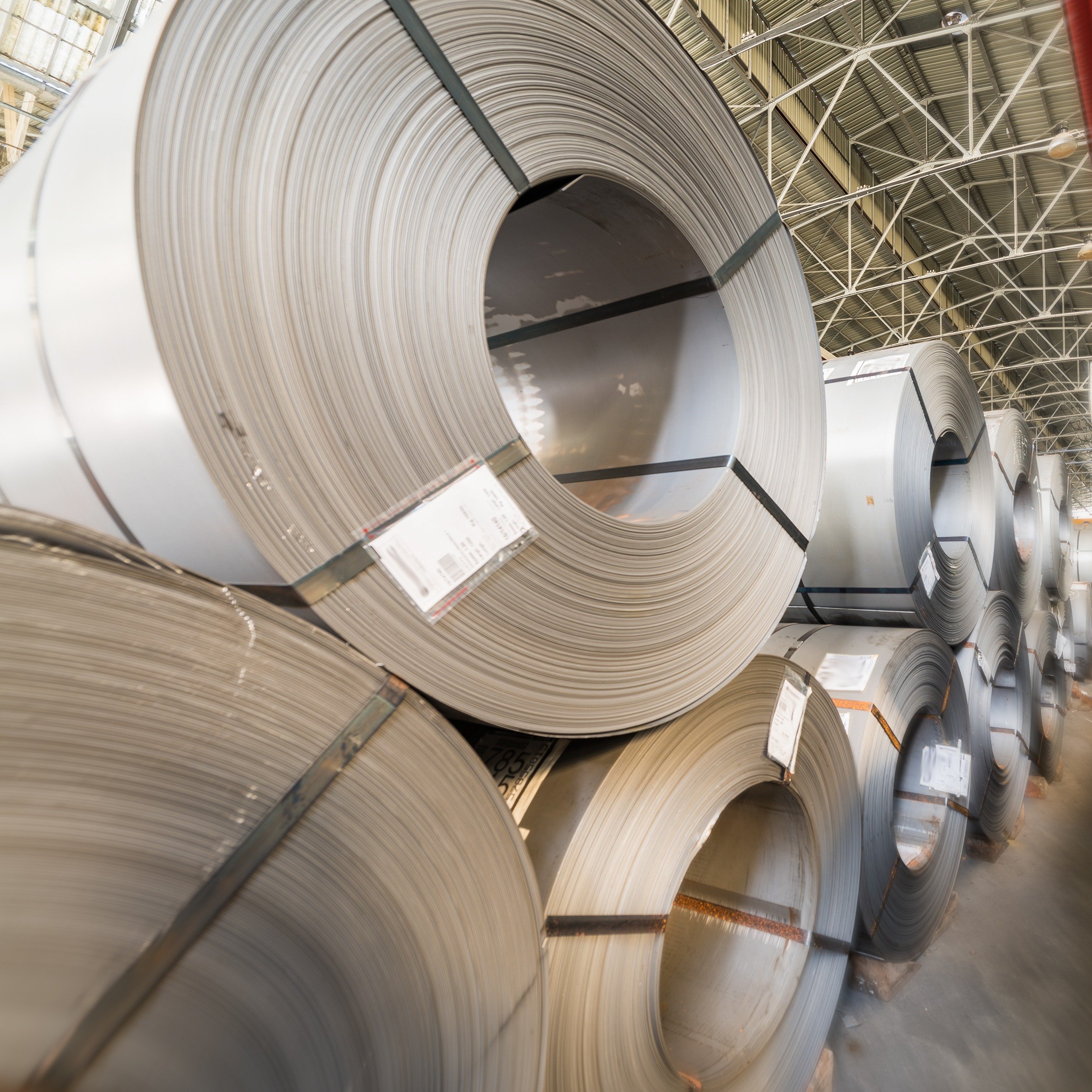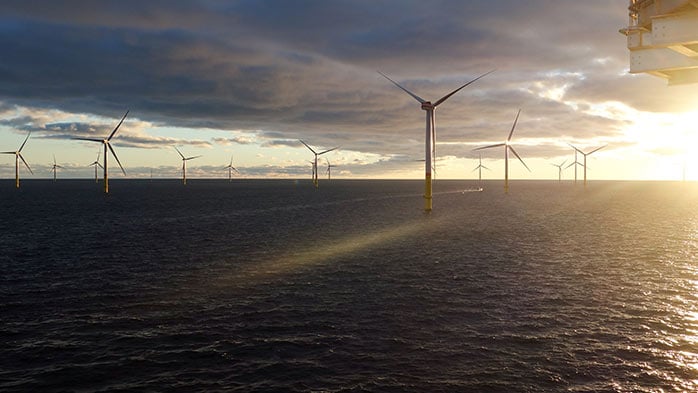The proliferation of energy-intensive AI applications and cloud computing is pushing data centre power costs higher. Operators are finding that the cost of firming renewable energy exceeds the cost of new-build gas-fired power, keeping gas-based power more attractive for data centres.
Data centres are the fastest-growing electricity consumers, driven by AI and cloud computing. They accounted for ~1% of global electricity demand in 2022, with this share projected to reach ~3% by 2030, according to the according to the IEA. This surge is exposing grid connection constraints and raising concerns about residential power prices and data centre energy supply.
This environment should encourage data centre operators to invest in off-grid renewable power to lower data centre power costs, negate grid connection issues and decouple data centre demand from consumer pricing. However, few operators are choosing this route. Instead, most are turning to gas-based power for dependable baseload for data centres. This has seen the build cost of gas power plants more than triple and turbine lead times extend.
This Insight sets out why data centre operators are spurning renewables in favour of gas-based power as demand expands, focusing on the cost of firming renewable energy.
Data centres need firm power
Because data centres (DCs) maintain high uptime, they require near-constant power – the antithesis of intermittent renewables. To use cleaner energy at scale, intermittency must be addressed through ‘firming’, i.e. converting variable output into a stable baseload for data centres.
This Insight examines the economics of firming solar, wind and optimal solar:wind mixes to meet DC baseload demand by location and compares them to local, new-build gas-based power costs. We also explore whether greater DC flexibility could improve the economics of firm renewables, adding to our previous analysis on the role of demand-side flexibility in balancing intermittent renewables on the grid.
While this Insight focuses on DCs, the analysis is relevant to any industrial power load using captive renewables, such as aluminium smelters linked to firm solar in the Middle East. Our results do not support these configurations delivering competitive power costs.
Firmness analysis reveals renewable cost penalties
In this Insight, we calculate the minimum Levelised Cost of Electricity (LCoE) from solar, wind and optimised solar:wind mixes across 22 countries, varying overbuild and battery sizes to generate least-cost configurations at specified levels of ‘firmness’. We define ‘firmness’ as the minimum guaranteed power in any one-hour period, expressed as a percentage of a facility design load. For example, 90% firmness implies a facility can flex downwards by up to 10% from its design load in any given hour.
We then benchmark these LCoEs against local, new-build gas-based power costs, assuming an elevated Capex. of ~$2.8 M/MW, a load factor of ~85% and efficiency of 53%. This yields gas-based power costs from ~$50 /MWh in the Middle East to ~$148 /MWh in Europe (n.b. including carbon price), with the USA at ~$57 /MWh.
All cost inputs are projected 2030 values in real 2024 terms, assuming a 25-year lifetime and 7% WACC. Results use hourly national solar and wind profiles. Mixed solar:wind profiles are constructed by choosing the lowest-cost combination for each location and firmness level. We exclude grid integration costs, assuming captive off-grid supply.
Initially, we frame our analysis to a firmness level of 98% to reflect highly inflexible DC operations (i.e. in line with conventional understanding). This implies that DCs need to be able to flex down by up to 2% from design load in any given hour.
Firm renewable power costs at least 57% more than gas
We plot LCoEs for solar, wind and mixed systems at ~98% firmness against latitude, alongside the range of local gas-based power costs.
Importantly, despite locational advantages for renewables at latitudes of ~20–30°, the least-cost 98% firmness scenario still costs ~61% more than local gas-based power.
In the USA, where DC development is progressing rapidly, the lowest renewables LCoE at 98% firmness, from an optimal solar:wind mix, is ~$164 /MWh, ~2.9x the gas-based power cost of ~$57 /MWh. In Saudi Arabia, 98% firmed solar costs ~$110 /MWh, ~2.2x gas-based power at ~$51 /MWh.
Additionally, for Saudi Arabia, ~$110 /MWh for firm solar equates to a ~four-fold increase on current aluminium smelter power tariffs in the region, and would represent a production cost uplift of ~$1,200 /t aluminium, all else equal. For both DCs and the heavy industry, the cost of firming renewable energy remains a major barrier to displacing gas.
To explore broader scenarios across additional locations, data inputs and alternative firmness assumptions, you can request a demo of our CRU's Sustainability & Emissions Service and CRU's Power Transition Service which offer extended scenario analyses and updated electricity cost data.
Data centre flexibility unable to close the cost gap
Given speculation that DC load flexing could help balance intermittent renewables, we explored the firmness required for renewables to make data centre power costs competitive with gas.
The analysis suggests that DCs would need to operate with ~50–70% flexibility for renewable LCoEs to match local, new-build gas-based power costs. However, this comparison ignores the fixed cost uplift at DCs associated with operating at a low utilisation.
DCs are capital-intensive and fixed capital charges can account for up to 50% of annual costs at full capacity. Additional fixed operating costs (e.g. rent, labour, maintenance) also do not scale with utilisation, so unit fixed costs rise as utilisation falls.
At high flexibility (i.e. low renewable firmness), the LCoE of delivered renewable power falls, but savings are increasingly offset by the higher fixed costs of data centres due to underutilisation.
Australia, employing an optimal solar:wind mix, nearly matches the local gas-based power cost of ~$84 /MWh at ~40% firmness, implying ~60% flexibility and ~94% capacity utilisation – considered unrealistic under current DC operating paradigms.
In the USA, the minimum effective LCoE using a captive supply of solar:wind is ~$97 /MWh at ~30% firmness, still ~$40 /MWh more than our estimated local new-build gas power cost.
Recent policy developments in China highlight another aspect of the gas vs renewable data centre power debate – DCs will soon be required to use ‘green power’ for at least 80% of their total power demand. However, this does not necessitate the use of captive and/or firmed renewable systems. Rather, DCs can simply enter into power purchase agreements (PPAs) for existing renewable power, or build new renewable capacity and feed it into the grid. The full firming costs in these instances are essentially borne by the grid and other grid users, not by the DC or industrial users themselves.
Gas-based power generally offers lower baseload for data centres
The above emphasises a fundamental tension in the energy transition – while renewable generation can be affordable, converting it into firm, dispatchable baseload for data centres raises costs to uncompetitive levels relative to gas-based power. At high firmness, renewables cost ~57–267% more than local, new-build gas-based power, depending on location, gas prices and the renewables mix. Even with aggressive flexing, the substantial fixed costs of data centres keep renewables uncompetitive against gas.
Aluminium smelters and other industrial users would face similar cost challenges with firmed renewable power, although the cost uplift associated with higher levels of flexibility would likely be less pronounced than for DCs.
Without increased carbon pricing, targeted policy intervention or dramatic reductions in storage costs, DCs will continue to favour gas, and the more predictable data centre power costs it provides, over renewables for off-grid or constrained-grid deployment.
For readers who are interested in how data centre growth is affecting network connectivity and fibre markets, CRU’s Optical Fibre and Cable Service provides detailed data centre forecasts.
If you want to hear more about our work on the energy transition, power mixes and power costs, get in touch with us, we’ll be happy to answer your questions.





